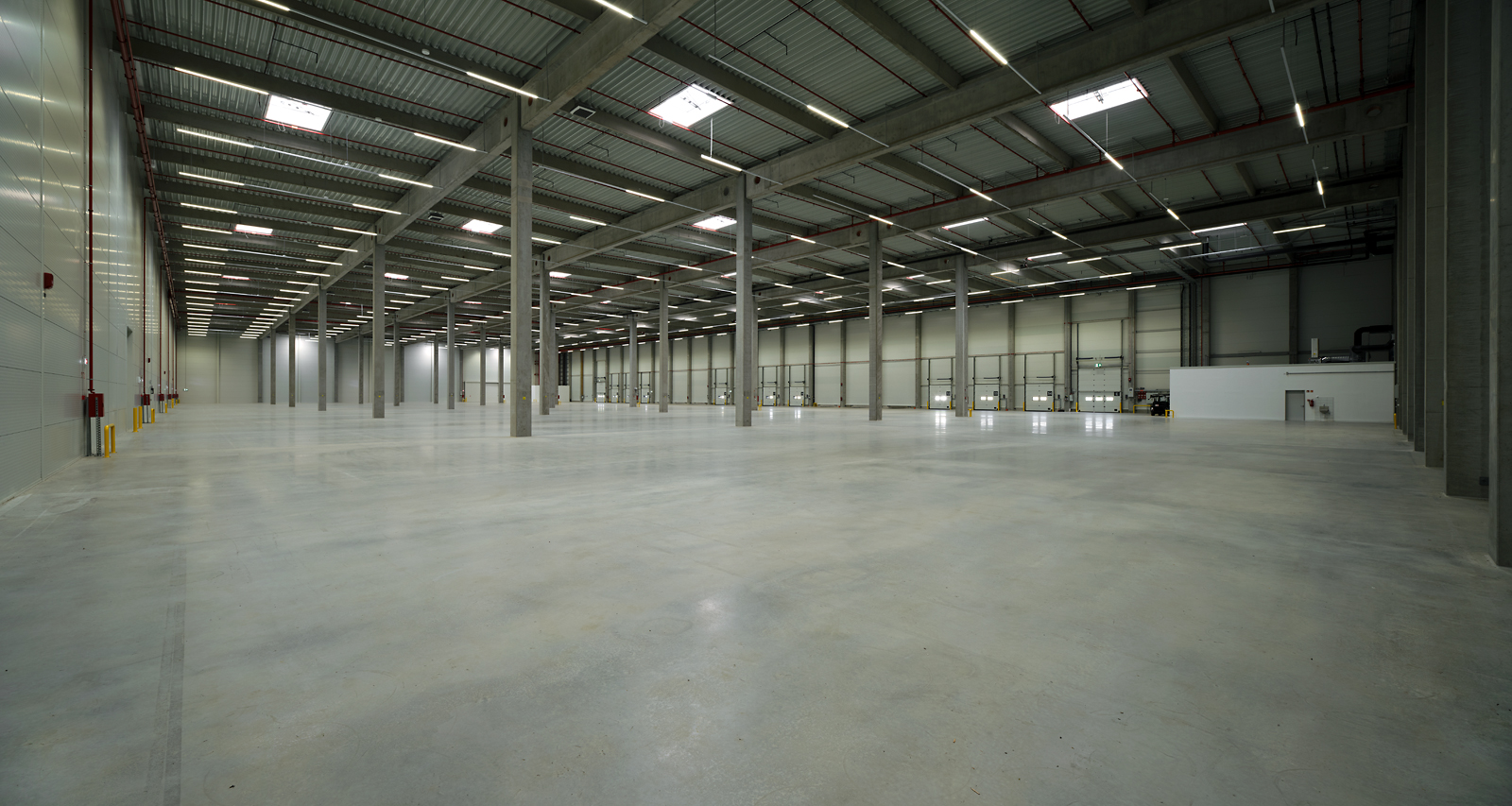Home price gap widens, overvaluation risk in Budapest grows

Amid continued dynamic growth in home prices, territorial differences in the Hungarian housing market strengthened and the risk of overvaluation on the Budapest residential market increased in 2018, the National Bank of Hungary (MNB) said in a biannual report released on Monday, state news wire MTI reported.
Nationwide home prices rose 15.2% last year, after a 14.6% increase in 2017, but the rates greatly varied by settlement type, according to the Housing Market Report.
In Budapest, house prices grew by 22.9%, considerably faster after a 15.8% increase in 2017. In provincial cities, the annual growth rate increased to 18.2%, from 13.3% in the previous year, while in villages it sharply decreased, from 16.9% to 2.3%. The average price per square meter in villages was only 21.6% of the Budapest average in 2018, dropping sharply from 36.2% in 2012.
"Despite the dynamic increase, as a national average housing prices are still below the level justified by the economic fundamentals, while prices in Budapest have exceeded that level by some 15%, therefore the risk of overvalued house prices in the capital has increased significantly," says the report. "However, if we break down the housing market conditions of the capital, we can discover meaningful differences," it adds.
While at the beginning of the current housing market cycle house prices in the inner districts of Budapest rose more rapidly compared to the outer districts, that tendency has now reversed as rising prices tamper demand, says the MNB.
The ratio of investors in the capital is estimated at 35-40%, and their presence lessens upwards pressure on rents, on the one hand, and, by renovating properties, improves the quality of the housing stock on the other, the report notes, citing the Housing and Real Estate Market Advisory Board (LITT) - a new body set up by the MNB with market players and government representatives in March.
Demand set to keep rising
On the demand side, the market upswing is supported by a continued and even accelerating rise in wages, householdsʼ historically high propensity to save, as well as the rapid rise of home loans, with new lending by banks up 31% last year, the report says.
"Nominally the value of new housing loans reached the same levels as around the time of the crisis, but in real terms they fell short of it," it notes. The MNB adds that the structure of indebtedness has become less risky as the issue of variable rate loans with an interest rate period of less than one year was practically eliminated, partly as a result of regulatory measures, by the end of 2018.
The extension of the governmentʼs CSOK family home purchase subsidy system to villages could substantially increase demand, the report notes, adding that a previous extension of CSOK in 2016 and temporarily reduced VAT rate on new homes had a sizeable effect.
Supply unable to keep pace
At the same time, supply is projected to tighten considerably from 2020 after new home deliveries reach a peak at about 29,000 this year, the MNB warns, citing the end of the reduced VAT rate and uncertainty around that decision, as well as the crowding-out effect of state demand among the reasons for this.
"As conveyed at the meeting of LITT, real estate professionals attribute the setback in the number of new home constructions mainly to the VAT rate having been restored to its original high rate and the cyclically high construction capacity demand of the state," the report observes.
The MNB projects new home deliveries in 2020 to fall by as much as 59% in Budapest, and by 74% in rural areas compared to 2019.
The report concludes that "expanding the construction industry, and within that home construction, to a healthy level would be desirable not only because of the currently low renewal rate of the housing stock by regional comparison but because it would also substantially promote economic growth."
The MNB calculates that "the construction of 10,000 additional new apartments could create value added corresponding to 0.6-0.7% of GDP for 2018 and as many as 55,000 jobs."
SUPPORT THE BUDAPEST BUSINESS JOURNAL
Producing journalism that is worthy of the name is a costly business. For 27 years, the publishers, editors and reporters of the Budapest Business Journal have striven to bring you business news that works, information that you can trust, that is factual, accurate and presented without fear or favor.
Newspaper organizations across the globe have struggled to find a business model that allows them to continue to excel, without compromising their ability to perform. Most recently, some have experimented with the idea of involving their most important stakeholders, their readers.
We would like to offer that same opportunity to our readers. We would like to invite you to help us deliver the quality business journalism you require. Hit our Support the BBJ button and you can choose the how much and how often you send us your contributions.








